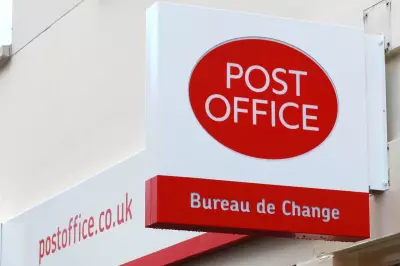
Russia's economic landscape is fracturing under the weight of a severe inflation crisis, with regional disparities exposing the true cost of living for ordinary citizens far beyond the Kremlin's official narratives.
While the Central Bank of Russia reports a national inflation rate of 7.5%, an investigation into local data reveals a starkly different picture. In the Volgograd region, the price of a dozen eggs has skyrocketed by an astonishing 42.3% over the past year. The Ryazan region saw sugar prices leap by 21.7%, and the Far East witnessed a nearly 20% surge in pasta costs.
The Moscow Mirage
Official figures from Moscow paint a somewhat controlled scenario, but economists suggest this is a mirage. The capital's economic ecosystem, heavily subsidised and protected, operates in a different reality from the rest of the nation. This creates a dangerous perception gap between policymakers in the capital and the harsh realities faced by millions in the regions.
A Nationwide Squeeze on Essentials
The inflationary pressure is not confined to a few items. A broad basket of essential goods is becoming increasingly unaffordable:
- Dairy & Meat: Cheese and sausage prices have climbed over 15% in numerous areas.
- Staples: Buckwheat, a national staple, has seen significant price hikes.
- Transport: The cost of personal transport and repair has also jumped, adding to the financial burden.
This widespread increase is eroding purchasing power and forcing families to make difficult choices about their weekly budgets.
Behind the Numbers: Sanctions and Structural Weaknesses
Analysts point to a confluence of factors driving this crisis. The ongoing impact of international sanctions continues to disrupt supply chains and limit access to key imports. Furthermore, long-standing structural weaknesses within the Russian economy, including a reliance on imports and a weak ruble, are being brutally exposed.
The Central Bank's response has been aggressive, hiking interest rates to 16% in an effort to curb spending and cool inflation. However, this traditional medicine is a blunt instrument, potentially slowing economic activity while doing little to address immediate supply-side problems and the soaring cost of essentials.
The Human Cost
Beyond the statistics lies a growing human cost. The erosion of living standards is becoming the new normal for many Russians outside the major metropolitan centres. This regional inflation crisis risks deepening social discontent and creating long-term economic scars, proving that the true battle for Russia's economy is being fought not in Moscow's financial districts, but in the supermarkets of its heartland.





